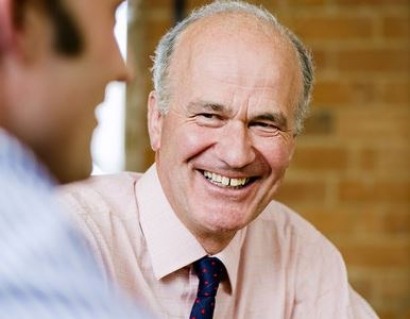
Mark Newton, Partner and Head of Renewables at Fisher German, which has 15 offices across England, said there had been a great deal of nervousness in the industry about the Government’s threatened cuts to onshore wind and solar parks, and moving the support payments to offshore wind. However the decision not to change the current feed in tariff payments for small to medium sized projects up to 5MW, which are the areas that most farmers are investing in, was excellent news.
“The announcements were only covering the Contract for Difference (CfD) payments which will take over from Renewable Obligation payments (ROCs) from 2017” Mark said. “In practice, onshore wind is only seeing a reduction by £5 from the previous suggested draft payments of £100 down to £95MWh, and from £95 to £90MWh from 2017, so for onshore wind farms the reductions are not as bad as originally anticipated. For lower wind speed sites it may make them less viable but we believe the industry for on shore wind farms will be able to survive.”
Interestingly, offshore wind has seen no increase in the CfD payments from the original draft figures and they vary from £155 next year reducing down to £140MWh in 2017, Mark added.
“Large scale solar parks have also seen a reduction of only £5 from £125 to £120MWh for the next two years, then going down to by a further £5 pa for the next two years to 2017. They will still get support under ROCs and they are currently getting 1.6 ROCs per MWh, and from 1 April 2014 they will reduce to 1.4 ROCs per MWh, which had already been implemented.”
Harry Edwards, solar expert at Fisher German, commented that the proposed cuts to solar park subsidies from April 2015 had been fairly benign.
“The change appears only to affect the strike price of the proposed CfD mechanism and not the Renewable Obligations Certificates (ROCs) that solar park developers currently derive a large part of their income from,” he said. “From what we can tell, ROCs are not affected and developers can therefore continue to register for ROCs until 31 March 2017 at the current and anticipated levels. Between 1 April 2014 and 31 March 2107 developers can choose whether they register for ROCs or CfDs and DECC are only proposing to reduce the latter and by only 4 per cent, and this is before they have even introduced them. The window to build solar parks until 2017 is therefore very much open, if our dated grid network will allow it.”
Mr Edwards explained that like all renewables projects the big issue with solar parks and wind farms is getting spare grid capacity, something that is getting harder and harder. In some areas, even where farmers have put down a deposit for grid capacity, it is not necessarily going to guarantee that when the project is ready to be built that the capacity will still be there.
Rebecca Seaman, RHI expert at Fisher German, said theRenewable Heat Incentive (RHI) Scheme demonstrates the Government’s commitment to supporting renewable heat technology.
“With the expansion of the non-domestic scheme to include even more technologies and the introduction of support for domestic installations from spring 2014, the opportunities to benefit from this scheme have never been better” she added.
“We were also pleased to see that Biomass CHP, Anaerobic Digestion, and a large increase in Geothermal projects were given under the new CfD regime” Mark Newton said. “Overall the outcome has been much better than expected and we just need the government to stop sending out mixed messages for renewable projects, especially when a large number of power stations are going to close before 2020. The country needs all the available support from the renewables industry it can have in building new projects to keep the lights on, and meet their EU targets of 20 per cent of all electricity coming from renewables by 2020.”
For additional information:

